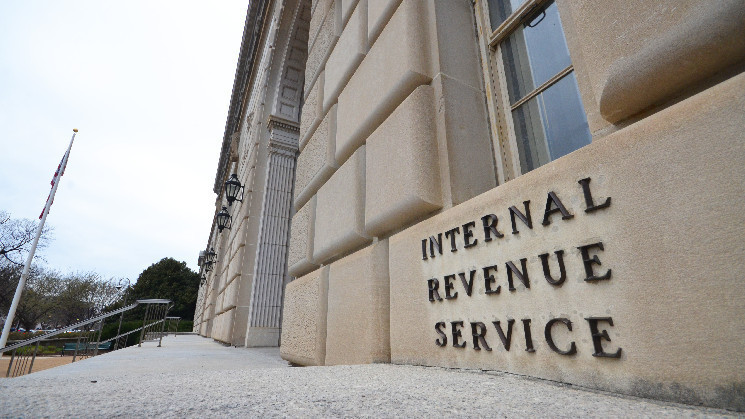Failed crypto lender Celsius began issuing refunds in early 2024. But, from a tax perspective, the matter remains unresolved. The lack of clear IRS guidance has left many investors puzzled about how to address these refunds.
At first glance, since investors have only received partial refunds so far (and even under the full restructure plans would only receive up to a 79.20% recovery), many would assume that they’d be able to finally realize losses from their investments after the platform abruptly halted transactions and held user funds back in 2022. But it’s not quite so clearcut.
Michelle Legge is a senior researcher at Koinly, a cryptocurrency calculator used by over 1 million crypto investors in over 20 countries.
The tax implications of Celsius, which finalized its bankruptcy in January, are complex. Creditors are categorized into specific groups, each with different rights and claim treatments. And that’s without even considering those who sold their claims to creditors who’ll face different tax implications on top of this. Furthermore, the preferential way to deal with your Celsius transactions from a tax perspective will also depend on the amount you had in Celsius, your total annual income, and many other circumstances.
Therefore, we strongly recommend that anyone facing significant losses from the Celsius bankruptcy consults with an experienced accountant to determine the most advantageous loss claim for their situation.
This said, for investors who need to file ahead of the 15 April 2023 deadline, there are generally two common scenarios to consider - and one has a far more pressing deadline.
For most investors, since the refunds began in 2024, there's no impact on the 2023 tax return. The reconciliation of Celsius tax implications will be a task for next year’s taxes. We’re all hoping that by the time the next tax deadline roll around, the IRS will have clear guidance on how to deal with these transactions. But, even without this, investors may have a clearer picture of what their overall refund will be from Celsius and therefore have a clearer picture of what their actual loss is.
What these investors need to do in the meantime, is make sure they have all their transaction data from Celsius stored safely (and preferably within a crypto tax calculator like Koinly) so that when that time rolls around next year, they already have the data they need so it’s easy to file.
For other investors, particularly those with large losses on Celsius, many accountants have brought up the idea of claiming what’s known as a Safe Harbor Ponzi Loss.
This is an uncommon kind of itemized deduction that must be claimed in the year of discovery, which would be 2023 for Celsius, so the deadline to claim would be within this tax return. This kind of loss allows a taxpayer to claim a 75% loss initially, and a further 25% once proceedings have come to a close.
A key advantage of this loss type is that it's not limited to what it can offset (unlike capital gains). With a Safe Harbor Ponzi Loss, you can offset the entirety of your loss against your income in the year in which you make the election. When it comes to potential refunds in the future, these would then be considered taxable income.
This is an itemized deduction. Whether it benefits you depends on various factors, including your filing status, potential taxable returns from Celsius, whether your loss exceeds the standard deduction, and other personal circumstances. You should only consider this kind of loss for your 2023 tax return if you’ve spoken to an accountant familiar with your situation, especially because Safe Harbor Ponzi Losses are an uncommon type of loss and therefore may increase the risk of an IRS audit.
 coindesk.com
coindesk.com
